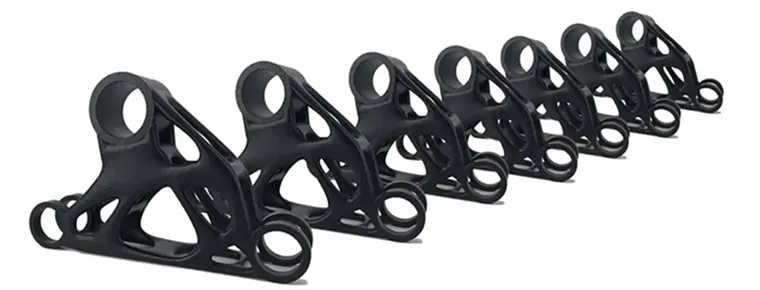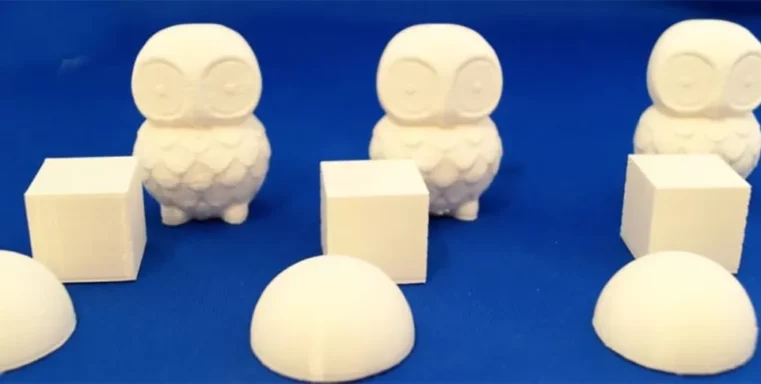
29.8.2017
HP Jet Fusion vs. Lasersintern
When HP announced the key features of their new 3D printer ‘Multi Jet Fusion 4200’ in 2014, they promised it would introduce a new kind of additive technology, which would print parts that were more accurate and stronger than those produced by FDM and laser sintering printers – and at ten times the speed. Now that the HP Multi Jet Fusion 4200 has been on the market for a few months, it is time to take an in-depth look at the most important characteristics of both technologies and most importantly, at the quality of the 3D printed parts that they are capable of producing.

24.7.2017
3D printing support structures
Support structures are an important element in 3D printing. They not only significantly determine the price, but also the quality of a component. Not all 3D printing processes require support structures. Some processes use special, often water-soluble support masses. This article provides an overview of the purpose and benefits of structures and the processes in which they play a role.

26.5.2017
The influence of layer height in 3D printing quality
All additive technologies (‚3D printing‘) have in common, that objects are build layer by layer. Therefore, one of the major quality parameters is the layer height in 3D printing. The layer height can be as low as a few microns in DLP or Polyjet machines, or several millimeters in large FDM printers. In this article, you will find an overview of the impact on layer height in 3D printing quality, an overview of the layer heights in popular additive technologies and typical cases, where lower layer heights are helpful or unnecessary.

17.2.2016
3D RAPID PROTOTYPING: METHODS AND APPLICATIONS
Rapid prototyping (RP) is currently on everyone's lips, with many researchers saying that the technology is one of the defining megatrends of the near future. But what does this term actually mean? The term rapid prototyping has established itself as a generic term for many 3D printing applications.
